Review: Amazon phone watches you watch it
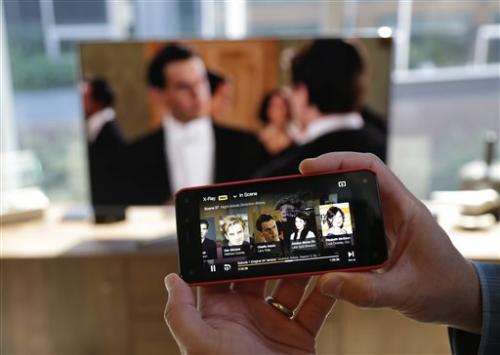
Amazon set out to do something different with the unveiling of its first smartphone Wednesday. How about a completely new way of interacting with your phone, for starters?
As part of the showcase of its brand new "Fire Phone," Amazon.com Inc. took the wraps off a feature it calls "dynamic perspective." Turns out, it's more than just a gimmick that allows you to see in 3-D.
The feature makes use of four infrared cameras pointed at your face that help judge whether you're looking at the screen straight-on, at an angle and how close you are to the screen. The phone can then adjust the image accordingly. That gives you the ability to see depth in images, to see around objects in the foreground, to zoom in for a better look, and to toggle through websites, books and menus and even to play games by tilting the phone back and forth and up and down while you look at it.
Another feature called "Firefly" brings what's known as augmented reality to life in a new way, by turning your phone into a powerful tool that recognizes book covers, CDs, DVDs, songs, movies, grocery items, phone numbers and websites and pulls them into the phone so you can take action.
For Amazon, the major benefit of this is that it takes price comparison shopping to a new level, because any item you see while walking down the aisle of a Walmart or Target can get an instant price check. Amazon says the phone can recognize more than a hundred million items. And if you link your credit card information to the service, you can make a purchase with a couple taps.
But more than that, by releasing these tools to developers, Amazon has made what could be a major contribution to what a smartphone can do.
With about a half hour to try out these features and have them explained in depth, I was both impressed and saw some flaws.
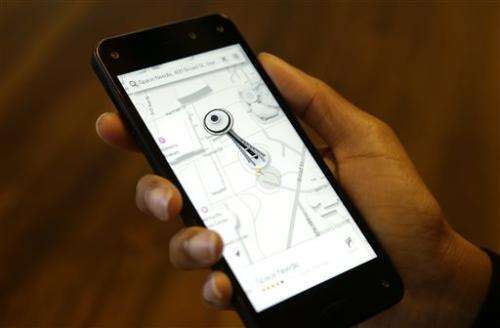
The 3-D effect is quite stunning. Just imagine looking down a long hallway and putting your ear against each wall one after the other. Your perspective changes and straight lines will seem to disappear to a different point. To demonstrate the effect on the phone, Amazon made available a bunch of lock-screen images, like the cartoon ruins of a pyramid, some hot-air balloons and a jungle setting. Swiveling the phone around makes it seem like the images had a depth of an inch or two, allowing you to look around and beyond objects in the foreground.
It's a neat party trick but the tool has other uses. Amazon demonstrated an early version of how the feature is used in an app by the real estate website Zillow, for example. After zooming in on an interior photo, the app then allows you to change your perspective of what you're looking at inside the room. Sure, it was a bit grainy, and the image wasn't rendered in 3-D, but it showed the promise of what's possible.
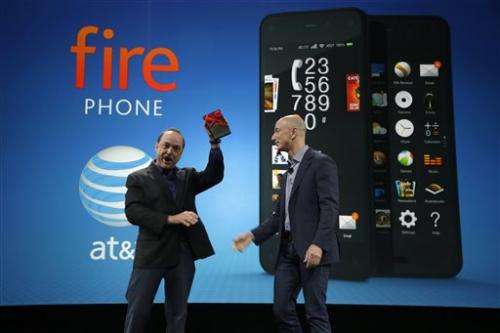
Games also made use of the tool. One game allowed you to control whether the figure flew up or down based on essentially nodding your head or making the phone lie flat or upright. Another game, called Tofu Fury, allows you to get a 3-D perspective on the game level. It still essentially plays like Angry Birds, but it did something I've never seen before in a game.
One other neat thing: it does all this in relation to your face. So you could do this lying in bed or hanging upside down. I tried it out, taking a deep bow. The aforementioned game flew just the same depending on where the phone was to my face.
Where the feature needs work, I felt, was in its ability to control menus and scroll through text. Quick side swivels brought up hidden menus on certain screens. Like on the music screen, a quick swivel to the left brought up a panel from the right side that showed song lyrics. A quick swivel while in the second-screen TV watching app, X-Ray, toggled between character photos when they were in costume and in street clothes. In the maps app, a quick swivel brought up local Yelp listings for restaurants. When on a website, tilting the phone away from you makes the words scroll up. Tilt it more, and they move even faster.
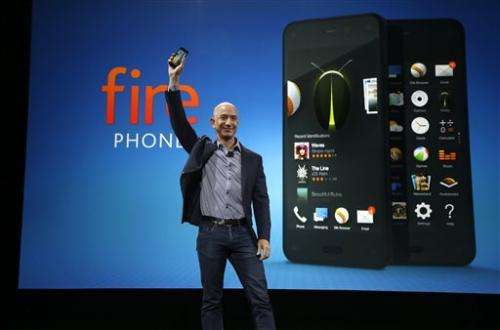
In a way, these operational functions made me feel uneasy because I don't want to necessarily keep my head still while using my phone all the time, or set off unintended actions. And these things were definitely possible. While looking at a product image on the Amazon store app of a bottled product that was identified using Firefly, the image erratically jumped between big and small. I just wanted it to stop.
This phone has other features, and basically it's very nicely built. It has a solid heft in the hand while not being heavy at all. The buttons, which can activate the camera or Firefly from a cold start, are minimalist and comfortable. The 4.7-inch screen with a 16:9 aspect ratio is just right for holding and controlling with one hand. There are speakers on top and bottom for stereo sound when holding the phone sideways.

And it is packed with many of the features that Kindle Fire tablet users are familiar with, such as its Mayday live-help function. It is a tool for reaping all of the benefits of a $99-a-year Amazon Prime membership, from video watching to music listening to book reading. And you get one year of Prime for free.
Yet it's the dynamic perspective feature that, in my view, changes smartphones forever. It's one that others may try to copy, and I think it opens up a world of possibilities for app developers.
Before the event, Amazon CEO Jeff Bezos sent all attendees a copy of his favorite children's book, "Mr. Pine's Purple House." The moral of the story is that it's good to be different sometimes.
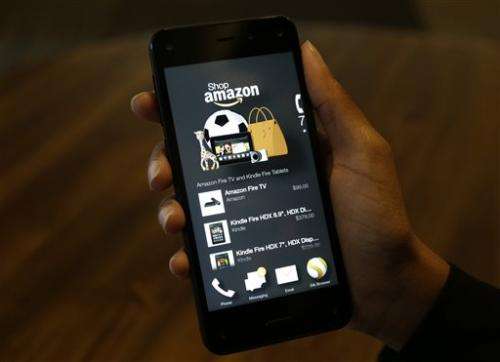
In an interview with The Associated Press after the event, Bezos responded to several questions surrounding Amazon's late entry into smartphones and the dominance of existing players like Apple and Samsung. Bezos rebutted: "Taken to its logical extension, you could never have new entrants in anything," and laughed with his signature guffaw.
This is a purple house and inside there are 3-D images in floating picture frames of tofu sculptures suspended by hot-air balloons. Many people will want to live there and it's absolutely worth taking a tour.
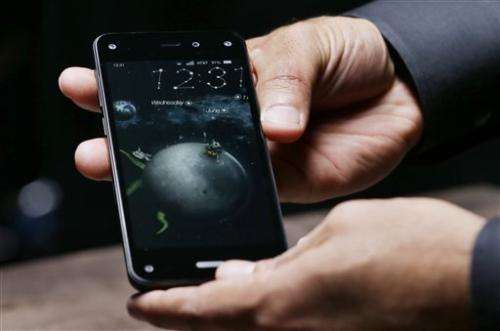
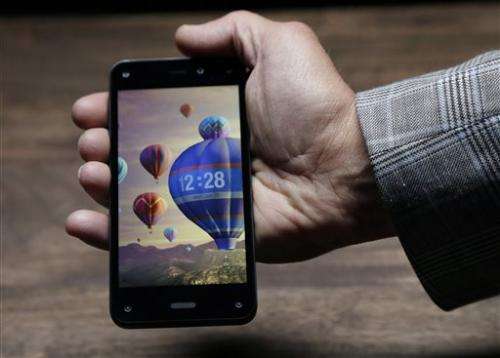
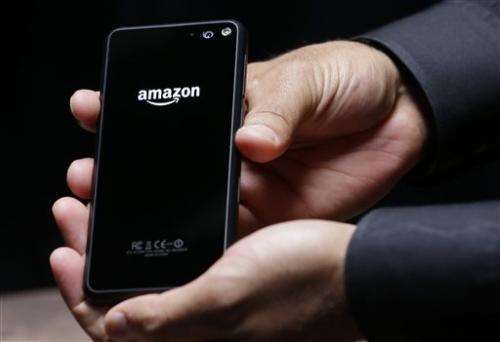
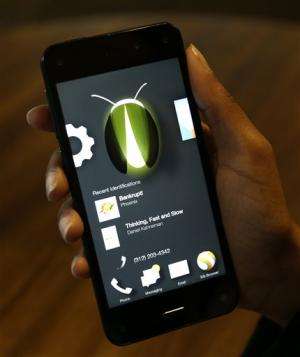
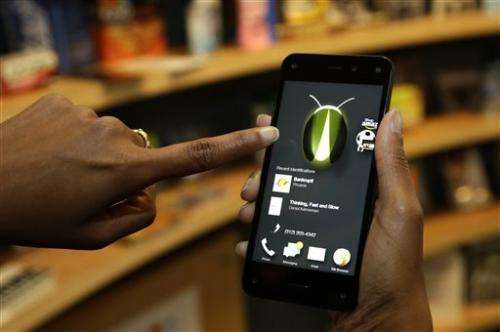
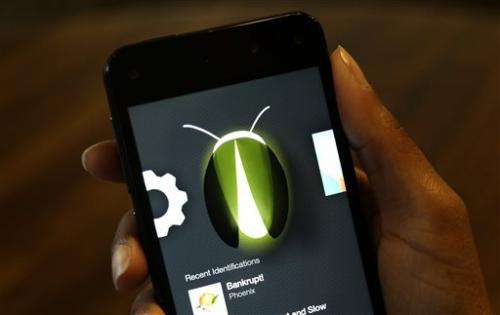
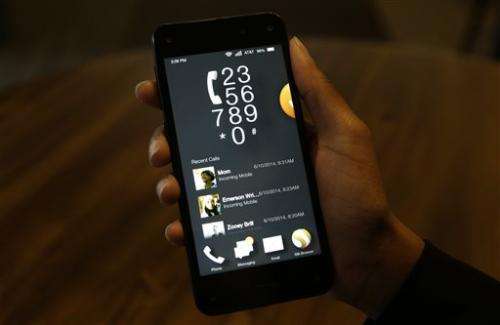

© 2014 The Associated Press. All rights reserved.




















